
WWII
Tigers in the Sky
By Christopher MiskimonAmerica had been at war for less than two weeks when Claire Chennault watched his American Volunteer Group (AVG) take off for its first combat mission. Read more


WWII
America had been at war for less than two weeks when Claire Chennault watched his American Volunteer Group (AVG) take off for its first combat mission. Read more
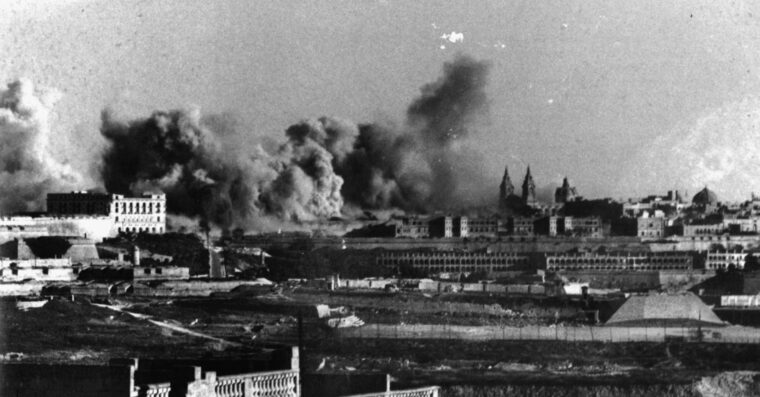
WWII
The British Army has had its share of religious zealots Serving in the upper echelons of command. These typically independent-minded soldiers, motivated largely by their spiritual belief, were in sharp contrast to those, as characterized by J.F.C. Read more
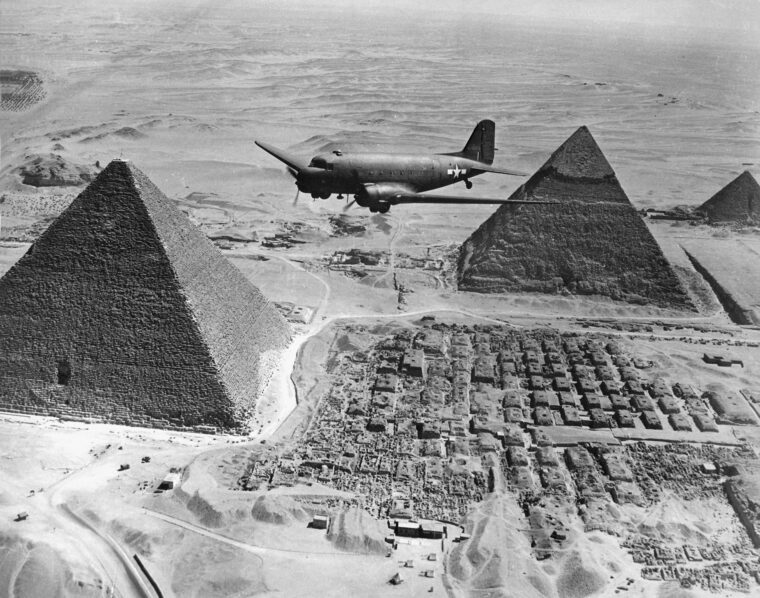
WWII
Of all the workhorse weapons in the Allies’ World War II arsenal, from the American M-4 Sherman medium tank and jeep to the British Handley Page Halifax bomber and 25-pounder field gun, none was more widely and effectively deployed than the Douglas C-47 transport plane. Read more
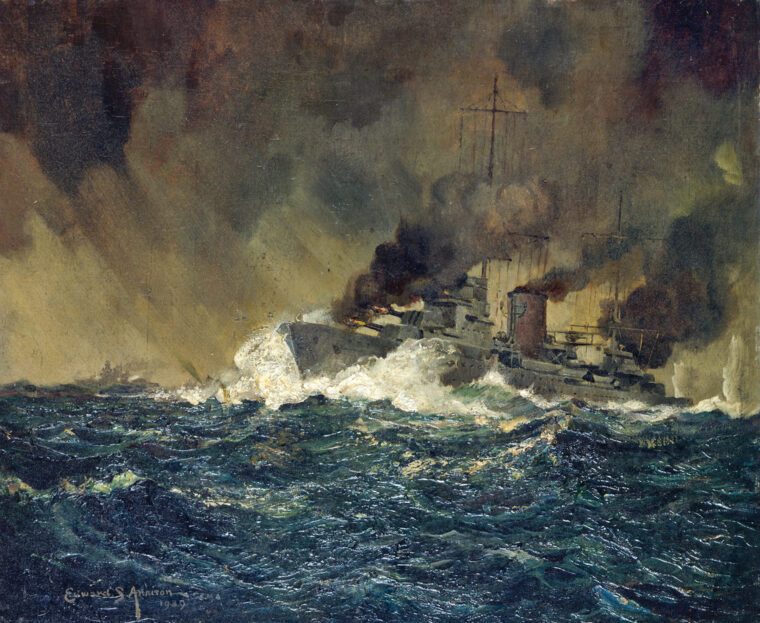
WWII
When German dictator Adolf Hitler loosed his troops into Poland on Friday, September 1, 1939, he hoped that a lightning conquest would result in a negotiated peace with Great Britain and France. Read more
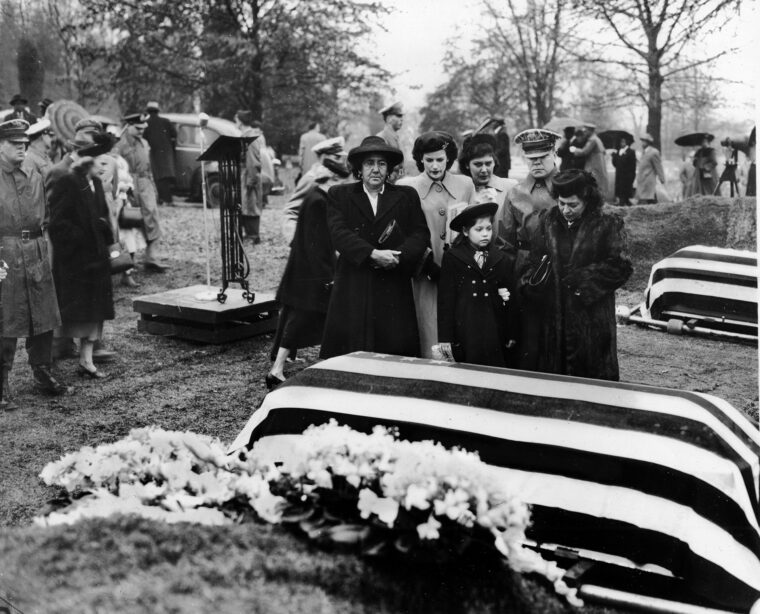
WWII
Hector Garcia was born in Llera, Tamaulipas, Mexico, on January 17, 1914, to schoolteacher parents, Jose Garcia Garcia and Faustina Perez Garcia. Read more

WWII
Undoubtedly, the World War II aircraft type that attracts the most attention is the fighter plane. Yet, before the war, the U.S. Read more
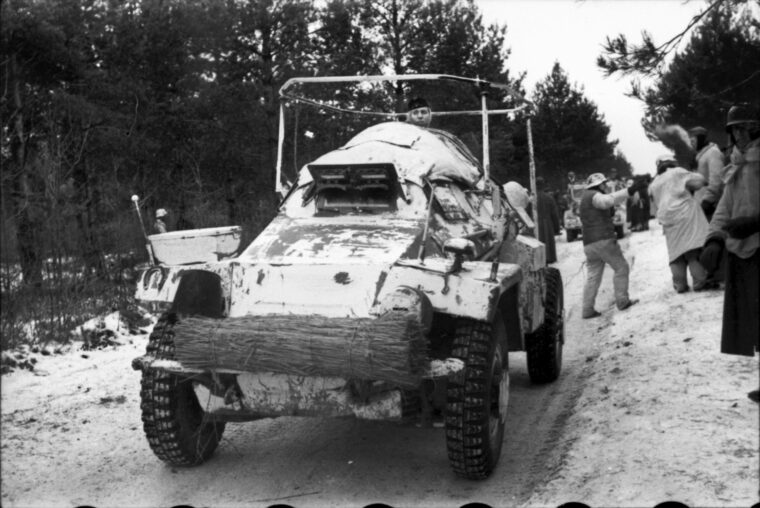
WWII
Following World War I, Visionaries within the German Reichswehr formulated and refined concepts for mobile warfare built around tanks. Read more
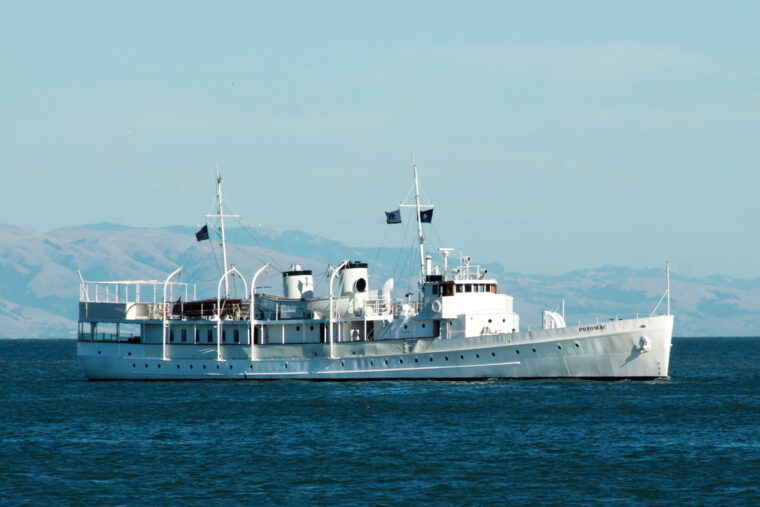
WWII
Washington, D.C., is not known for its mild climate, but the summer of 1941 seemed particularly enervating. The city was enveloped in a fierce humid heat that tended to suck the air out of one’s lungs even as it drenched one’s body in perspiration. Read more
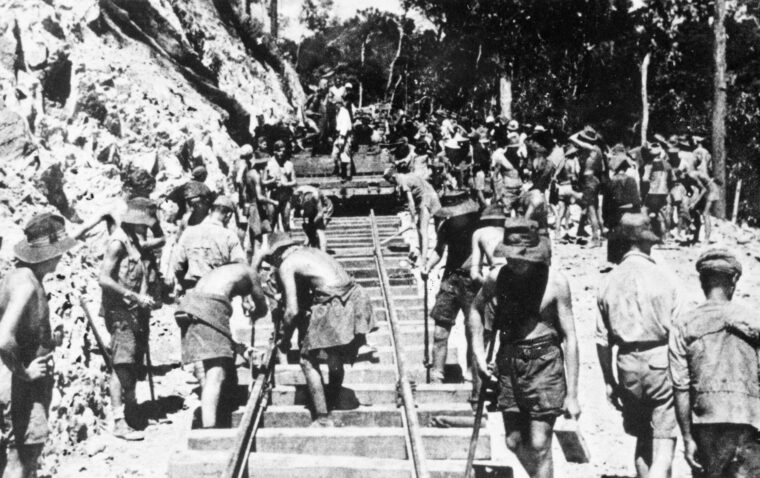
WWII
“Your heart stops. You feel dizzy and sick. You think you’re going to piss yourself and then you feel the pain. Read more
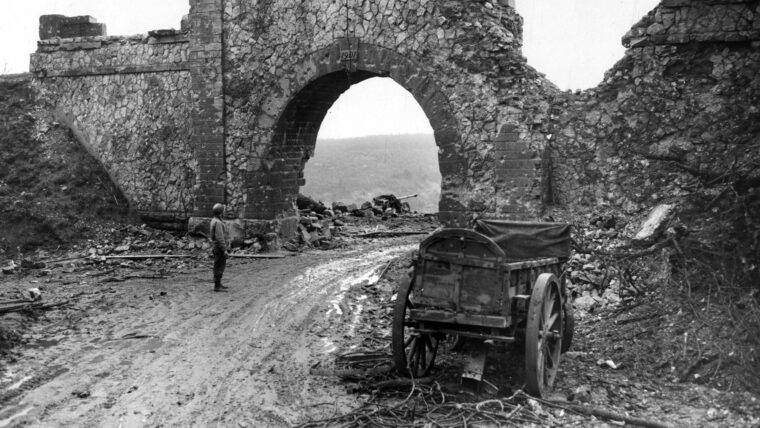
WWII
The road to Fort Driant began for the United States Third Army when it landed on Utah Beach at 3 pm on August 5, 1944. Read more

WWII
The final months of World War II saw the liberation of hundreds of ghastly concentration camps and the awful reality of Nazi racism. Read more
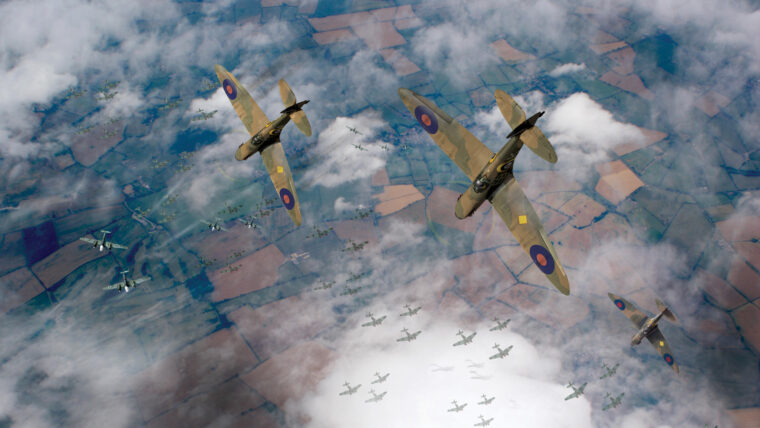
WWII
“I say, better wake up.”
Red Tobin opened one eye, rolled over, and found his squadron mate, Pilot Officer John Dundas, shaking him by the shoulder and staring into his face. Read more
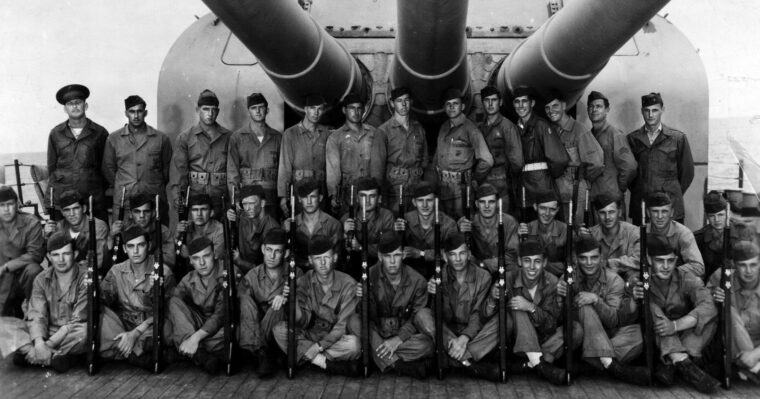
WWII
Lieutenant Commander Mochitsura Hashimoto, Imperial Japanese Navy, stared intently through I-58’s periscope. Visibility was poor until the moon peeked through the clouds and he spotted a dark silhouette on the horizon. Read more
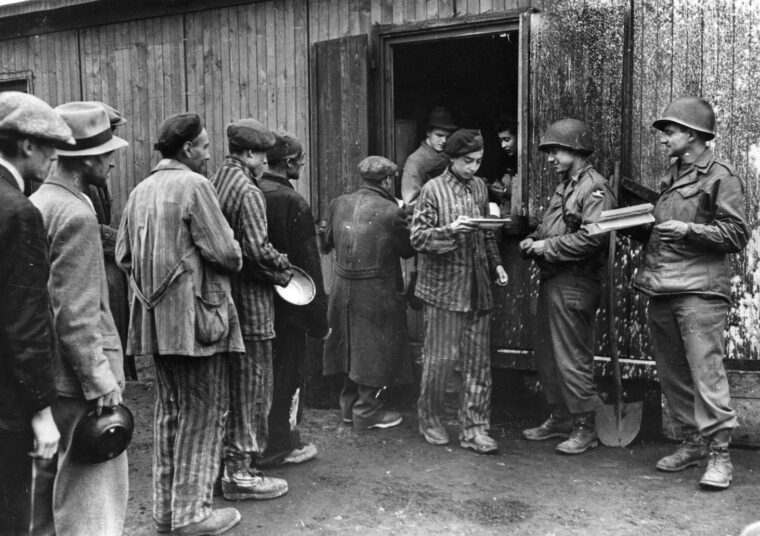
WWII
In November 1944, a young American soldier wrote back to his parents in the Washington Heights neighborhood of Manhattan. Read more

WWII
Because it was such a long and cataclysmic event, World War II still resonates with so many of us. Read more
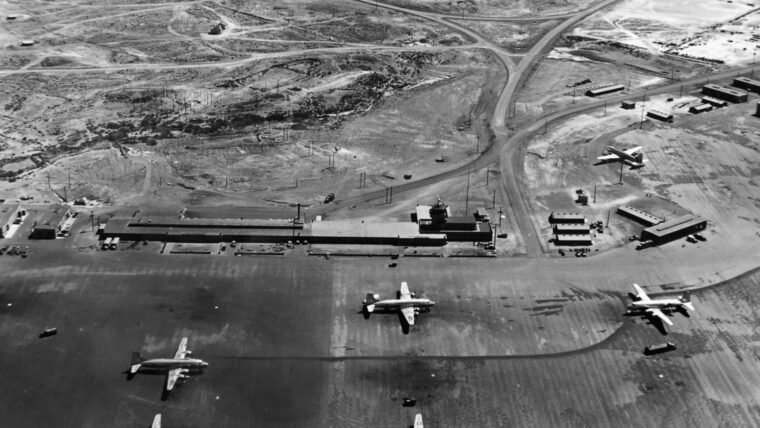
WWII
A generally overlooked factor of World War II has been the influence, sometimes highly significant, of nations that remained neutral. Read more
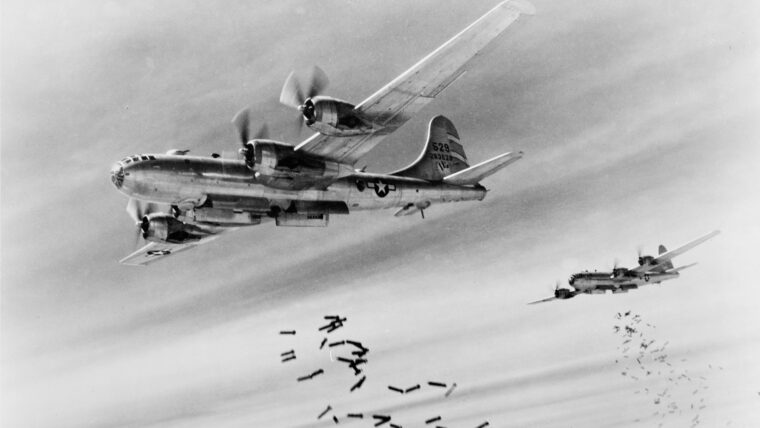
WWII
The Boeing B-29 Superfortress was a game changer. First rolling off the assembly line as a production aircraft in July 1943, the Superfortress was the answer to America’s need for a high-level long-range strategic bomber. Read more
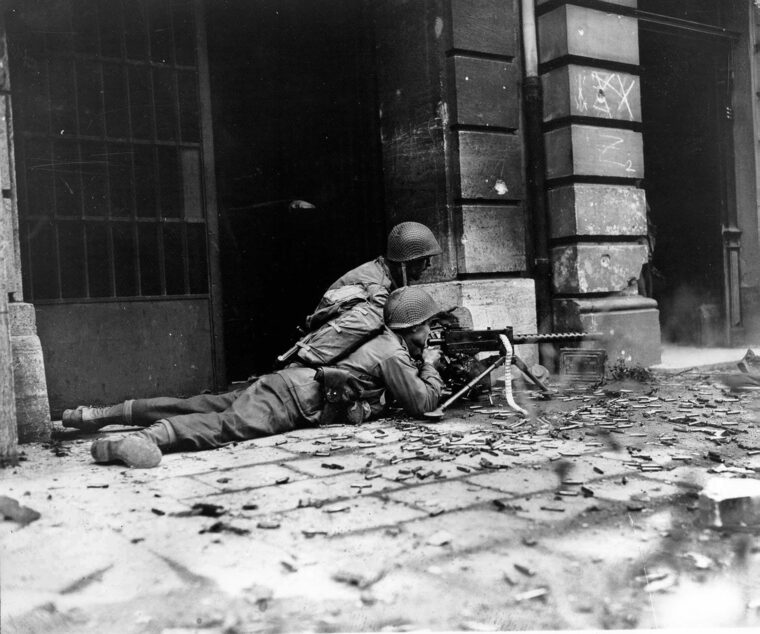
WWII
With weapons at the ready, the American squad advanced cautiously on both sides of the tree-lined boulevard toward the German strongpoint in Aachen. Read more
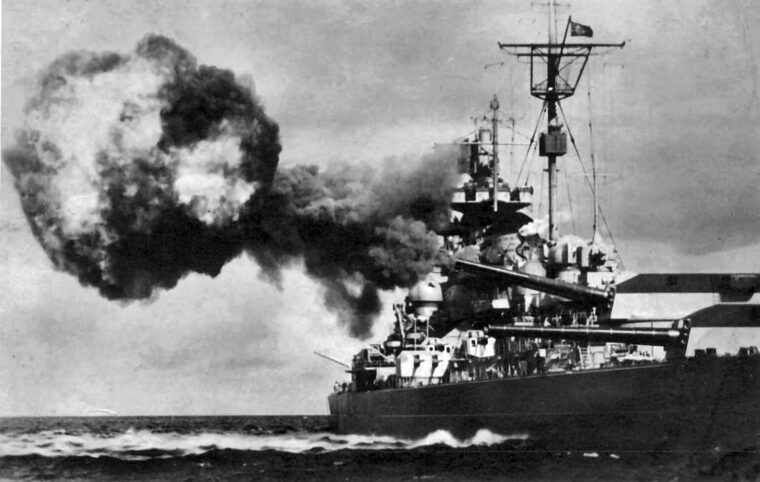
WWII
April 1, 1939, was a red-letter day in the history of the reborn German Kriegsmarine for two key reasons. Read more

WWII
Stephan H. Lewy was young, militarily inexperienced, and A Most unlikely American soldier. Yet when he reached Utah Beach 30 days after D-Day, he was all business as a staff sergeant in U.S. Read more